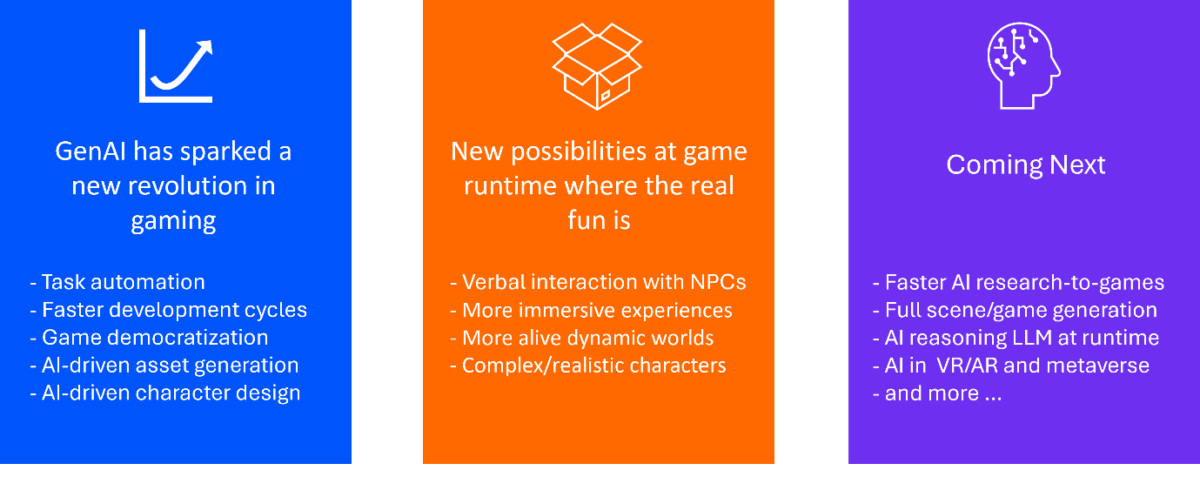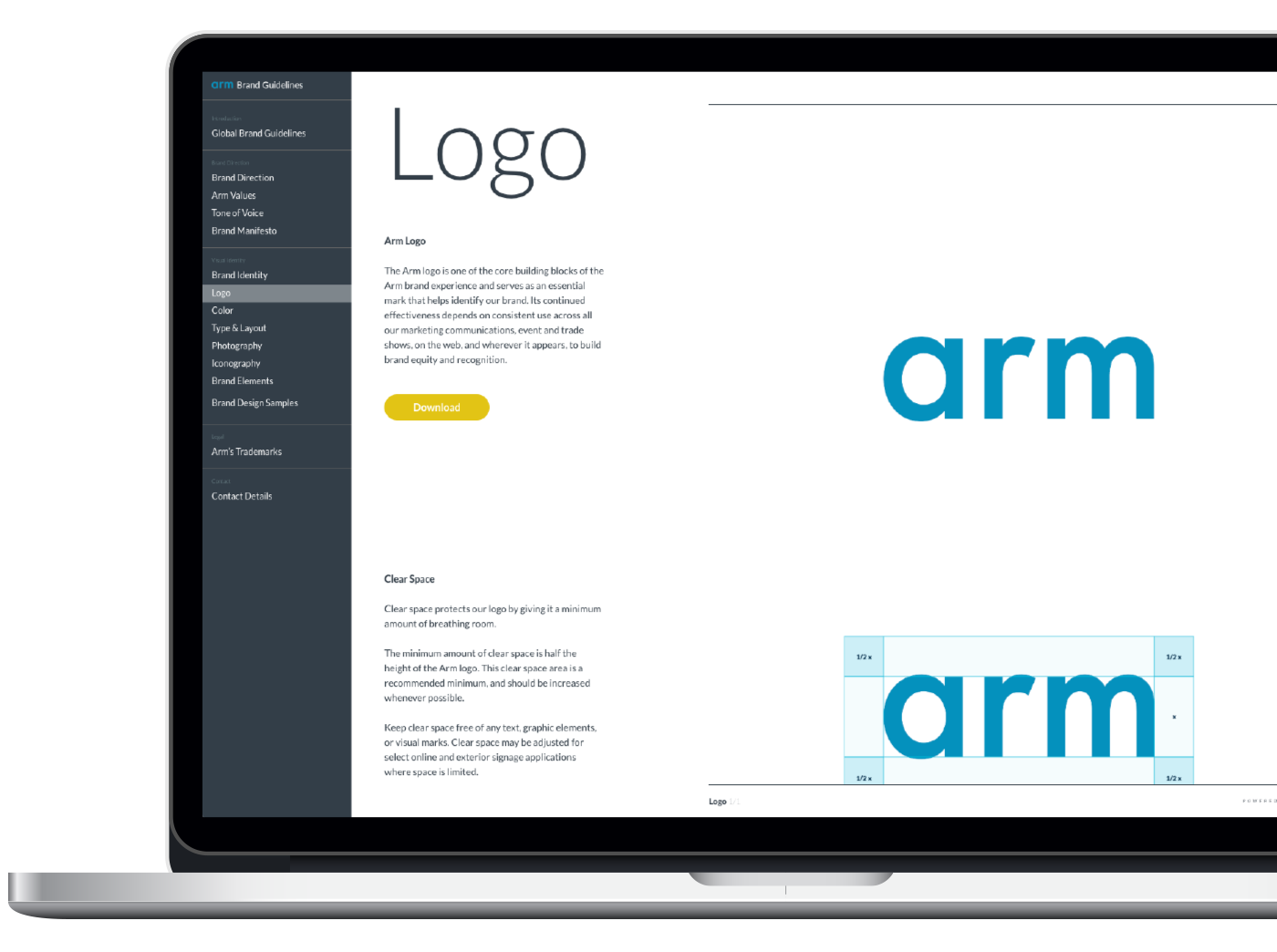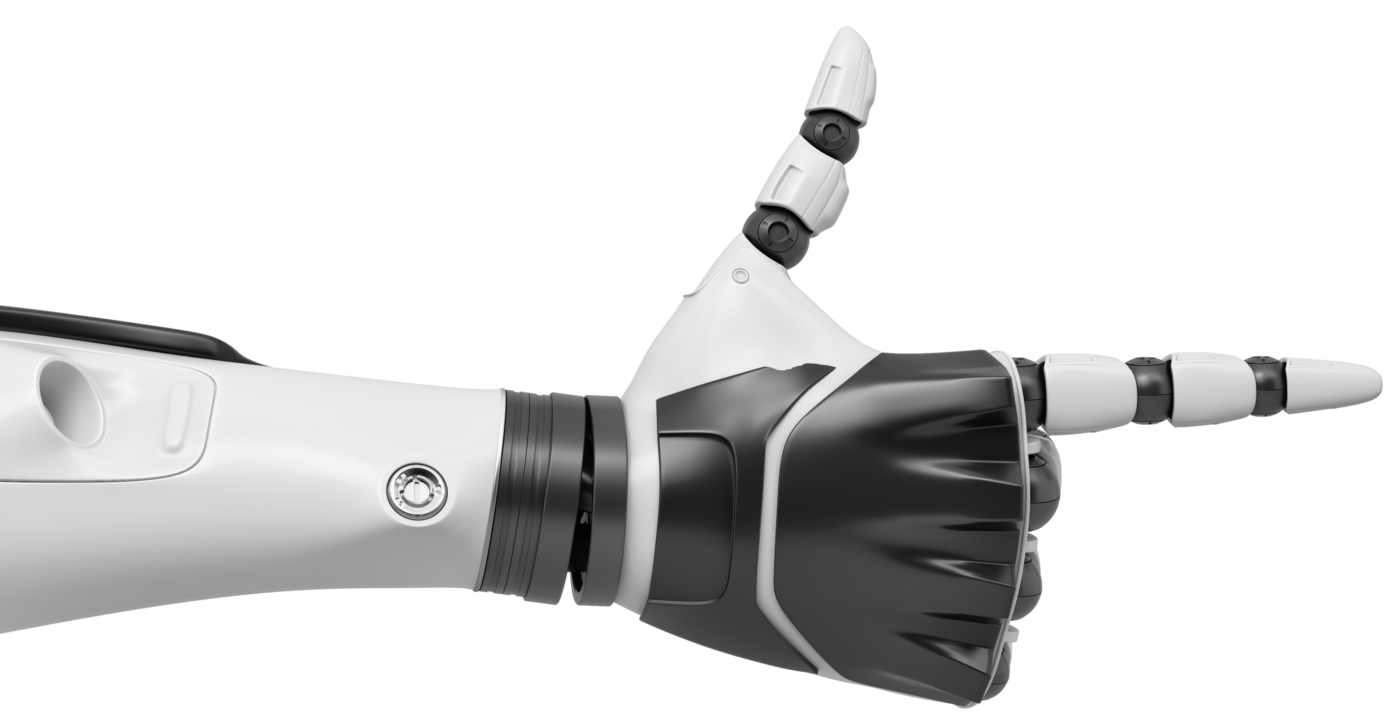What Tech Innovations Did Arm Deliver in March 2025?

March 2025 was a month of impactful innovation across the Arm ecosystem, with advancements spanning software development, automotive compute, mobile gaming, and security. As the technology landscape shifts towards AI, cloud-native workflows, and software-defined systems, Arm continues to power the performance, efficiency, and security that modern compute demands.
The Arm Editorial Team has highlighted six tech innovations from March 2025:
- Optimized support for generative AI in mobile game development
- Accelerated development of in-vehicle generative AI use case with AWS Automotive
- Improved mobile graphics performance with Arm Accuracy Super Resolution (ASR)
- Streamlined automotive software migration with INCHRON
- Launching the new Arm Bug Bounty Program to strengthen product security
- Debugging techniques for Arm Cortex-M developers
Supporting generative AI in mobile game development
Generative AI tools are becoming essential in game development, such as automating tasks when creating characters, environments, animations, and even dialogues. But to deliver these features on mobile devices, developers require hardware that can handle on-device inference efficiently.

Robert Lopez Mendez, Director Developer Advocacy, has highlighted how Arm CPUs, GPUs and NPUs can support generative AI workloads on-device. Arm is enabling game developers to build intelligent, responsive content pipelines without relying on the cloud, thus reducing latency and saving bandwidth.
Accelerated development of AI in-vehicle application with AWS
The development of in-vehicle AI applications for next-generation software-defined vehicles (SDVs) depends on flexible environments where software can be built, tested, and deployed at scale. Working with AWS Automotive, Arm is providing virtual platforms that run on Arm CPUs where this building, testing and deployment can take place, with Arm KleidiAI then delivering accelerated AI performance with no additional developer effort required.
Using the combination of virtual platforms, the Arm CPU and KleidiAI, Srini Raghavan, Senior Partner Solutions Architect at AWS, describes AWS’ new proof-of-concept AI chatbot for SDVs, which enables drivers to interact with the vehicle directly – with the KleidiAI performance optimizations providing far faster response times.
Gian Marco Iodice, Principal Software Engineer, explains in detail how KleidiAI and the quantization schema adopted by AWS’ proof-of-concept AI chatbot led to these performance optimizations, and how it can be applied to further AI applications in the car.
Unlocking better graphics without compromise with Arm ASR
For years, high-quality graphics were mostly seen on consoles as mobile devices face constraints in power, heat, and performance. Arm ASR helps developers reduce GPU load during less demanding scenes, then upscale the final output to preserve image quality. This leads to better frame rates, lower power consumption, and consistent visual fidelity across a range of mobile devices.
As highlighted by Lisa Sheckleford, Senior Product Manager, Arm made the technology solution available to all developers in March 2025 during Arm’s GDC Developer Summit, with this including a plugin for Unreal Engine – a Unity plugin is expected later in the year.
Meanwhile, Áron Virginás-Tar, Staff Software Engineer, showcases a live demo of Arm ASR running on both Unreal Engine and Unity, which uses 50% less internal resolution and real-time upscaling to deliver high-quality visuals with a reduced GPU workload.
Making automotive software migration safer and faster
Migrating legacy software to centralized, real-time automotive platforms is often resource intensive and risky, especially when timing constraints are involved. Andrew Coombes, Principal Automotive Software Product Manager, along with INCHRON, show how Arm is helping developers safely transition their software to modern compute architectures.
This collaboration combines Arm’s scalable automotive platforms with INCHRON’s real-time system analysis tools, enabling engineers to simulate system behaviour, identify timing issues, and validate performance before deployment.
It is a significant step toward enabling the modular, domain-based vehicle architectures that are defining the future of automotive design, while preserving prior software investments and improving overall system reliability.
Introducing the Arm Bug Bounty Program
Security has always been a key priority for Arm, especially as our foundational technologies underpin everything from smartphones to cloud infrastructure. To that effect, Lyndon Fawcett, Director Product Security, explores the first-ever Arm Bug Bounty Program, in collaboration with Intigriti.
Researchers can now submit vulnerabilities they find in Arm hardware and software under a responsible disclosure framework. In return, they are awarded for their contributions to product safety and resilience. The program is a testament to Arm’s ongoing efforts to ensure transparent, proactive security practices and support the wider industry goal of building trusted systems at every level of the compute stack.
Real-world debugging techniques for Arm Cortex-M developers
Debugging embedded systems can be unpredictable, especially when dealing with complex hardware or firmware issues. In a new video walkthrough, an experienced Cortex-M developer shares real-world debugging stories, and the tools and techniques used to solve them. These range from GDB (GNU Debugger) with Python to tracing and probing methods.
Any re-use permitted for informational and non-commercial or personal use only.













